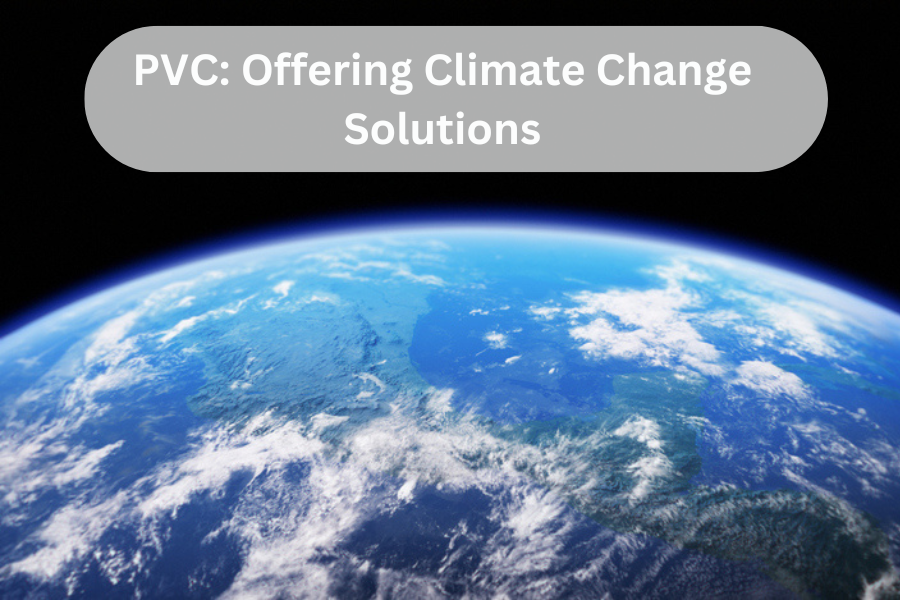This website uses cookies so that we can provide you with the best user experience possible. Cookie information is stored in your browser and performs functions such as recognising you when you return to our website and helping our team to understand which sections of the website you find most interesting and useful.
News
PVC: Advancing Climate Change Solutions
There’s a growing notion that a world without plastics would have dramatically less environmental harm. This isn’t the case.
We all agree there are issues with plastic waste. Thankfully, the United Nations Environmental Programme is tackling this problem head-on through its Intergovernmental Negotiating Committee, which will convene its fifth meeting later this year in South Korea. Our team has been working with delegates from around the globe to reach a binding agreement prioritizing reducing plastic waste.
Many believe the only way to improve our environment is to “shut off the tap” when it comes to plastics. This is a shortsighted approach, as plastics offer many climate change solutions. More specifically, PVC has numerous uses that benefit the environment.
Lower Embodied Energy Than Alternative Pipe Options: Based on numerous life cycle assessments, PVC pipe is the most sustainable choice for water infrastructure. A study from Australia compared the embodied energy of various piping systems and found that PVC outperformed all other materials. Embodied energy is the energy consumed by all of the processes associated with the production of a building, from the mining and processing of natural resources to manufacturing, transport, and product delivery. The study concluded, “Within all scenarios virtually all the various forms of PVC pipes produced lower embodied energy results than any other piping material.”
Water Conservation: The American Water Works Association estimates that the United States loses 2.1 trillion gallons of treated water yearly. Much of this is due to aging infrastructure, such as cracked water pipes. According to a study by Utah State University, PVC has the lowest break rate of the major water pipe materials and lasts upwards of 100 years. PVC pipe directly reduces water loss.
PVC Pipes Increase Pumping Efficiency: PVC pipes have a smooth interior that drastically reduces the energy needed to pump water. A study from the Cadeo Institute found that upgrading the nation’s irrigation system’s 600,000 pumps to more energy-efficient models and using underground pipes could slash energy use in half. It can also eliminate 10 million metric tons of carbon emissions, replace the equivalent of four utility-sized coal power plants, and save farmers $2.8 billion.
PVC Roofs Help Reflect Light and Keep Urban Areas Cool: PVC has been one of the most used materials for roofs for decades, and one of its benefits is the reflection of sunlight. This keeps the building and surrounding area cool, reducing the impact of the urban heat effect – which in turn can reduce smog and greenhouse gas emissions.
PVC Helps Create EV Infrastructure: PVC is instrumental in the cable and wiring that creates the infrastructure for EV chargers. PVC is helping to foster the transition toward more sustainable vehicles.
PVC is Recyclable and Recycled: A commonly touted misconception about PVC is that it can’t be recycled. This is not the case, as more than a billion pounds of the material is recycled annually in the U.S. and Canada. The industry has also committed $3 million to increase post-consumer vinyl recycling, and great progress has been made to reduce the amount of PVC ending up in landfills.


